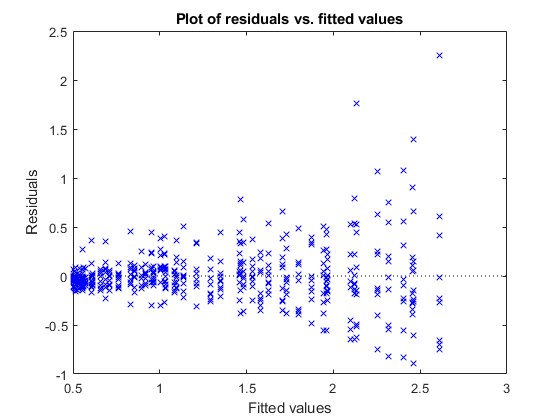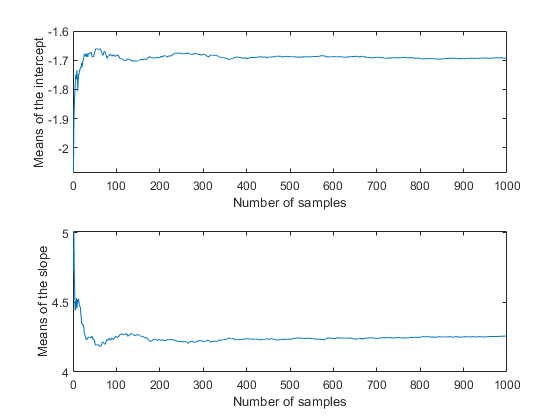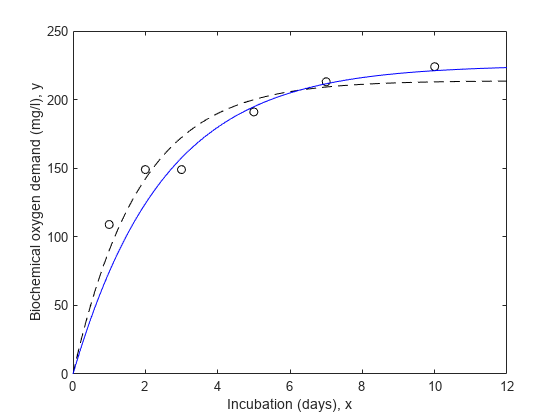回归
有监督学习的线性、广义线性、非线性和非参数化方法
回归模型描述一个响应(输出)变量和一个或多个预测变量(输入)变量之间的关系。要以交互方式探索回归模型,请使用回归学习器。Statistics and Machine Learning Toolbox™ 允许您拟合线性模型、广义线性模型和非线性回归模型,包括逐步模型和混合效应模型。拟合模型后,您可以使用它来预测或仿真响应,使用假设检验来评估模型拟合,或者使用绘图来可视化诊断、残差和交互作用。
Statistics and Machine Learning Toolbox 还提供了非参数化回归方法以拟合更复杂的回归曲线,无需使用预先确定的回归函数指定响应与预测变量之间的关系。您可以使用经过训练的模型来预测对新数据的响应。利用高斯过程回归模型,您还可以计算预测区间。
类别
- 回归学习器
以交互方式训练、验证和调整回归模型
- 线性回归
多重回归模型、逐步回归模型、多元回归模型等
- 广义线性模型
逻辑回归、多项式回归、泊松回归等
- 非线性回归
非线性固定效应回归模型和非线性混合效应回归模型
- 支持向量机回归
用于回归模型的支持向量机
- 高斯过程回归
高斯过程回归模型 (kriging)
- 回归树
用于回归的二叉决策树
- 回归树集成
随机森林、提升回归树和装袋回归树
- 广义加性模型
用于回归的由一元和二元形状函数组成的可解释模型
- 神经网络
用于回归的神经网络
- 增量学习
将线性回归模型与流数据进行拟合,并跟踪其性能。
- 直接预测
使用规则采样的时间序列数据执行直接预测
- 可解释性
训练可解释的回归模型和解释复杂的回归模型
- 模型的构建和评估
合成数据生成、特征选择、特征工程、模型选择、超参数优化、交叉验证、残差诊断和绘图
- Python 模型协同执行
在 Simulink 中加载和协同执行用于预测的 Python 机器学习模型





